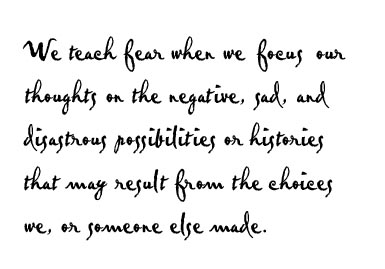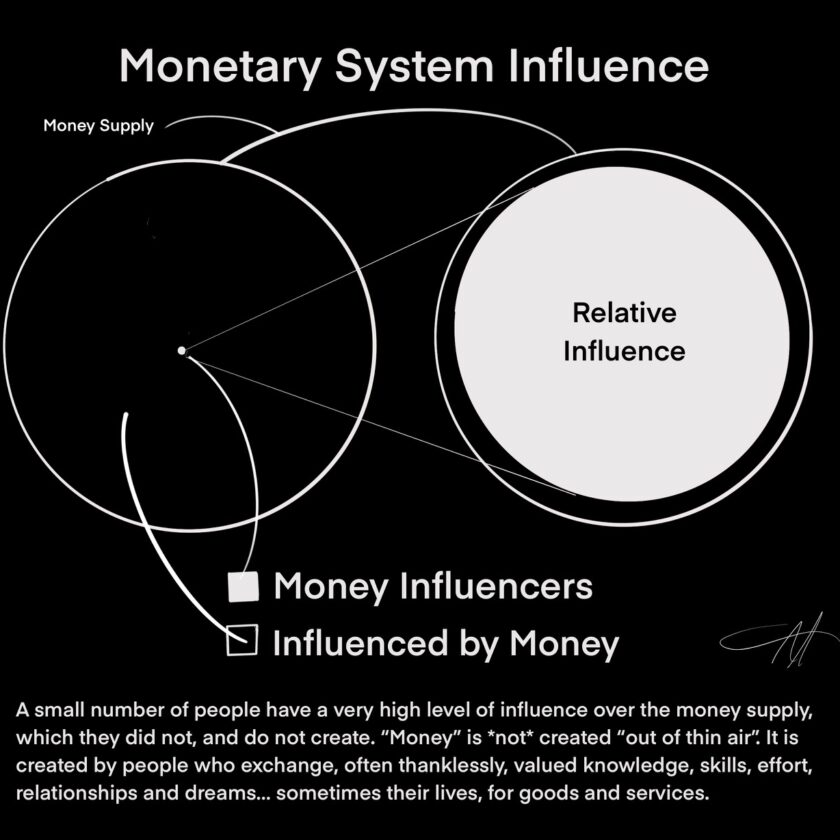[NOTE: This is the second of a 6-part essay titled, On Loving With Love, Not Fear. To read the first part, click here.]
Fearlessness Begins and Ends with Love
The first solution comes in the form of simple, consistent doses of loving love. While it might go without saying that we should love our children, how we express our love can be subject to a wide range of expression. Indeed, some parents “love” their kids by teaching them fear, and to be fearful because an “evil” in one form or another, lurks in every corner. The child will spend much of his or her life fearing, suspecting, and looking for that evil. Such instruction is rarely done formally.
No one openly “teaches” classes in fear. It is never promoted directly. It is “transmitted” subconsciously, informally, through day-to-day living and behavior. It crops up in things that we do, and don’t do, what we say and don’t say. As master observers, children emulate and embody the inner messages that we send to them, more so than the outer ones that we try, so often in vain, to “force feed” to them.
Fear can show itself in people we revere, and revile. Ever the experiential sponges, children take it all in with total trust, and make their own decisions about who they will “be.”
We teach fear to our children by being fearful ourselves, and even by being fearful of ourselves, especially of our highest potential.
We teach fear when we focus our thoughts on the negative, sad, and disastrous possibilities or histories that may have resulted from the choices we, or others made.
Before her little boy goes outside to play, a concerned mother admonishes, “Don’t leave the house without your cap and jacket, you’ll catch a cold! And don’t climb on the monkey bars at the playground, you’ll fall and hurt yourself!”
How often have we heard someone—or maybe heard ourselves—talk to our children this way? Each statement is two-pronged in effect. The first part contains an instruction, which could, and should stand on its own merits. But this parent felt the need to give her son more deterrents, so the second part contained a form of auto suggestion, which expressed the parent’s fear (i.e., “you’ll catch a cold“… “you’ll fall and hurt yourself!“) almost as though it were a guaranty.
The child may have indeed caught a cold without the cap and jacket. The child might have worn the cap and jacket and still caught a cold. But the parent’s suggestion, which in addition to being superfluous, was negative and based in fear. Suggestions of this type, when heard repeatedly over the course of a childhood, are connective in effect. The child associates the behavior with the negative outcome, then manifests it without thinking. Such dynamics encourage children to close themselves off to the protective power of love and the positive possibilities of faith. A greater “faith” is shown in the likelihood that the child will be harmed, than in the simple expectation and joy that he will have fun.
Like a Seed, Faith Must First Be Planted
While potential dangers will always be present, we must learn to focus a child’s attention on the potential benefit, by seeing it ourselves, and demonstrating faith in its unfolding.
The far better approach in the example scenario would have been for the parent to simply accompany the child, allow him to enjoy the playtime with mom or dad present, who could join the play, or watch. This approach creates opportunities for children to build faith and trust in themselves, secure in the faith that the parent has shown in them by allowing them to experiment and play.
Children become self-secure, and hence, more self-reliant by being free to take reasonable and appropriate risks while under the aegis of trusting (not impatient) parental oversight. If a child is successful at swinging on the swings, or climbing the monkey bars for example, he will gain a greater sense of self-reliance, in addition to having fun. If the child somehow hurts himself, the parent is there to help apply love, and healing, and to allay the child’s fears about trying something else again.
Fear comes in many forms and flavors. The implicit effect of fear is to limit, constrain, obstruct, or otherwise close off what might be transformational and empowering perceptions and experiences. Instead, fear disempowers one’s ability to affect conscious positive change, thereby maintaining the status quo. This truth applies to all people of all ages.
Next: Children as ‘Information Sponges’





